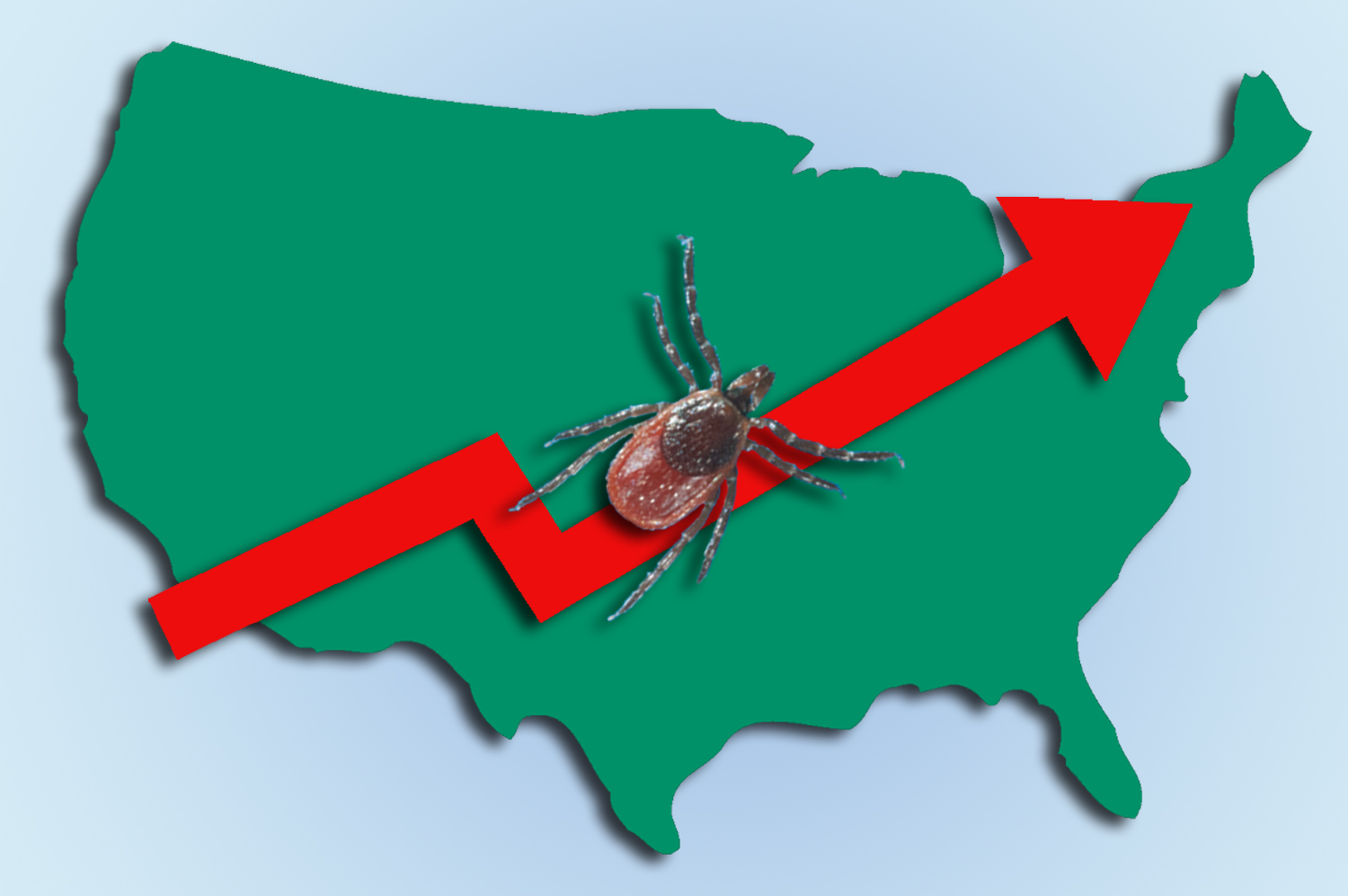
SHARE THIS ARTICLE:
Modeling for Spatio-Temporal Patterns of Lyme Pathogen
 The Journal of Applied Ecology, (Tran, T., et al.) published “Predicting spatio-temporal population patterns of Borrelia burgdorferi, the Lyme disease pathogen” on September 13, 2022. In this article, authors investigate the population changes of B. burgdorferi from impact of several environmental features.
The Journal of Applied Ecology, (Tran, T., et al.) published “Predicting spatio-temporal population patterns of Borrelia burgdorferi, the Lyme disease pathogen” on September 13, 2022. In this article, authors investigate the population changes of B. burgdorferi from impact of several environmental features.
The models used to analyze changes in pathogen populations were developed from collection of approximately 19,000 nymphal blacklegged ticks (Ixodes scapularis) from the field, as well as data on environmental features that were spatially and temporally distinct.
This modeling accurately predicted the prevalence of B. burgdorferi infection in nymphal blacklegged ticks as well as variation in populations across both geography and time. It also identified environmental features that consider “landscape ecology, vertebrate hosts, climatic metrics, climate anomalies and surveillance efforts” that can be used to predict both Lyme infected tick patterns and prevalence on a geographic level into the future, as well as predicting population dynamics in areas that have not yet been sampled.
Authors suggest that this modeling provides an inexpensive and highly productive strategy for both ecological management and reducing public health risk for Lyme disease.
For More Information
Other LDA Articles that Relate





